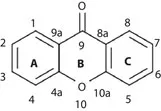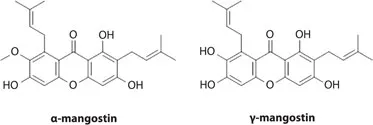
Phenolic Compounds in Food
Characterization and Analysis
- 430 pages
- English
- ePUB (mobile friendly)
- Available on iOS & Android
Phenolic Compounds in Food
Characterization and Analysis
About this book
Phenolic compounds, one of the most widely distributed groups of secondary metabolites in plants, have received a lot of attention in the last few years since the consumption of vegetables and beverages with a high level of such compounds may reduce risks of the development of several diseases. This is partially due to their antioxidant power since other interactions with cell functions have been discovered. What's more, phenolic compounds are involved in many functions in plants, such as sensorial properties, structure, pollination, resistance to pests and predators, germination, processes of seed, development, and reproduction.
Phenolic compounds can be classified in different ways, ranging from simple molecules to highly polymerized compounds. Phenolic Compounds in Food: Characterization and Analysis deals with all aspects of phenolic compounds in food.
In five sections, the 21 chapters of this book address the classification and occurrence of phenolic compounds in nature and foodstuffs; discuss all major aspects of analysis of phenolic compounds in foods, such as extraction, clean-up, separation, and detection; detail specific analysis methods of a number of classes of phenolic compounds, from simple molecules to complex compounds; describe the antioxidant power of phenolic compounds; and discuss specific analysis methods in different foodstuffs.
Frequently asked questions
- Essential is ideal for learners and professionals who enjoy exploring a wide range of subjects. Access the Essential Library with 800,000+ trusted titles and best-sellers across business, personal growth, and the humanities. Includes unlimited reading time and Standard Read Aloud voice.
- Complete: Perfect for advanced learners and researchers needing full, unrestricted access. Unlock 1.4M+ books across hundreds of subjects, including academic and specialized titles. The Complete Plan also includes advanced features like Premium Read Aloud and Research Assistant.
Please note we cannot support devices running on iOS 13 and Android 7 or earlier. Learn more about using the app.
Information
SECTION IIIDifferent Groups of Phenolic Compounds Related to Foods
CHAPTER 7Xanthones
7.1Introduction


Table of contents
- Cover
- Half Title Page
- Series Page
- Title Page
- Copyright Page
- Contents
- Series Preface
- Preface
- About the Editors
- List of Contributors
- Section I Phenolic Compounds
- Section II Analysis Methods
- Section III Different Groups of Phenolic Compounds Related to Foods
- Section IV Antioxidant Power
- Section V Phenolic Compounds in Different Foodstuffs
- Index